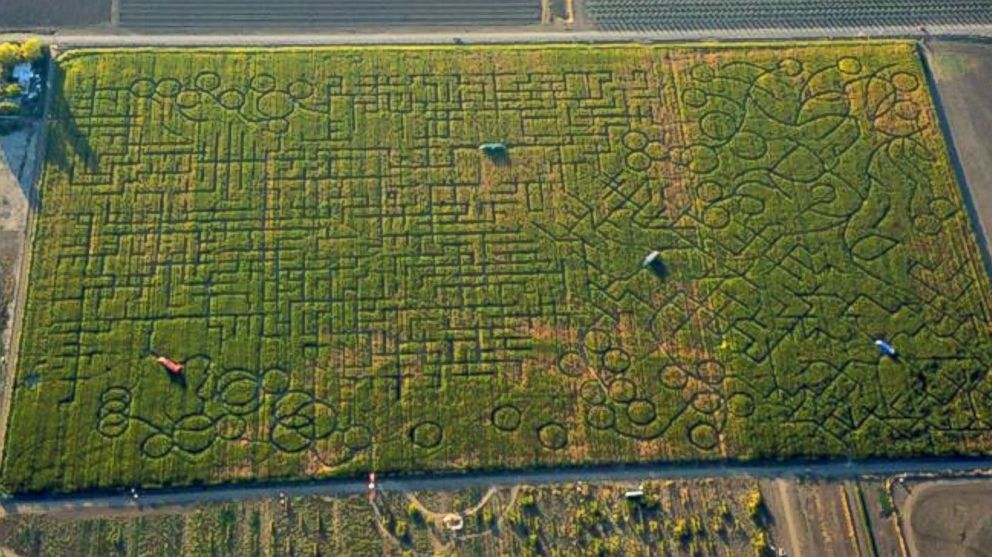
Regardless, it's an interesting problem, and I'm thinking that the "best" solution should work for either finite or infinite iterations (though the latter is far more difficult due to the inability to calculate meaningful values for limits of various values that might be useful in the finite case). Since the edge is rough (i.e., there is no normal for any given point on the edge) a whole lot of things stop working. It becomes a much more interesting problem if you have to work at infinite iteration, since, even if you find a point that is on the edge (i.e., a points such that (x,y) is inside and (x+epsilon*cos(theta),y+epsilon*sin(theta)), I'm not convinced there is even a way to find the next point (assuming that theta is the direction your hand is in, and your "facing" theta + pi / 4). That's not exactly true - the Mandelbrot set has infinite circumference (and so does every branch of it), so while that strategy would work in theory, in practice, not so much. However, you can connect the two points with the 2 connected green lines. Most other paths would just take one line, but the top (or bottom) to the left is the most difficult 'route'). At iteration 10, the 'hardest' path that you can choose which maximizes the number of connected straight lines is 7, which is from the bottom to the top.Īt iteration 1 or iteration 2: Max = 1 line (since it's a circle, any part can be reached from a single line max to any other part)Īt iteration 3: Max = 2 lines (slightly warped circle, so to get from the top to the left, you need to connect two straight lines. Some paths only require two straight lines, some only one.

The idea is to reach any part of the Mandelbrot from any other part.

a maze," whereby "Each numbered page depicts a room in the maze.” There are forty-five "rooms" (pages) in the Maze (book). The contest has been void since 1987, but the book may still be purchased ( ISBN 0-8050-1088-2).Īs Manson describes, this puzzle book "is not really a book,” but "a building in the shape of a book.

The hardest maze in the world full#
This version featured full color illustrations and voice-overs for the narrator. The book was adapted as the computer game Riddle of the Maze in 1994 by Interplay. This gives the puzzle the feel of a maze or labyrinth. Some rooms lead to circuitous loops others lead nowhere. Specifically, each page represents a room or space in a hypothetical house, and each room leads to other "rooms" in this "house." Part of the puzzle involves reaching the center of the house, Room #45 (which is page 45 in the book), and back to Room #1 in only sixteen steps. Unlike other puzzle books, each page is involved in solving the book's riddle. The book was originally published as part of a contest to win $10,000. MAZE: Solve the World's Most Challenging Puzzle (1985, Henry Holt and Company) is a puzzle book written and illustrated by Christopher Manson.


 0 kommentar(er)
0 kommentar(er)
